It's said that a picture is worth a thousand words, but Maria Fernanda Bay's portrait photography could be a novel. Specializing in beauty shots, maternity photos, and family and cooperate portraits, Fernanda, a recent Bend transplant from Boston, is a master of reading people and conveying their essence through photography. She has shot internationally, opened her own studio, and even dabbled in fine art, including the "Flying Series," which is where our cover shot comes from—a project that combines dancing women and disappearing skirts stretches Bay's photography to new dreamlike heights. Bay's work will be on display during the month of December at Bishops Barbershop in downtown Bend.
Source Weekly: Tell me about your background in photography.
Maria Fernanda Bay: I have been a full time photographer for the past five years. I started my photography career in China. I took my first year in China to really learn photography and photographed everything around me. After that, I applied for a job as a journalist for a local magazine called OPEN in Suzhou. I have to say it was a very challenging experience because I was still a beginner, but had to produce quality images no matter what. One day I had to photograph an event in a park at noon, the next I was covering Oktoberfest celebrations at midnight in a bar, or I would get a last minute call to get a headshot of a GM in the 10 minutes he had in between meetings. There was always the language barrier, I speak very little Mandarin, but had to make people trust me and follow directions, so I learned to read people.
SW: What do you enjoy most about being a photographer?
MFB: I am truly obsessed with photography. I love the creative and almost transformative element of photography that comes with understanding how to see light. I feel that, it doesn't matter where I am, I am constantly creating images in my mind because I have learned to see things differently. For example, if I see some light coming from a window to a chair, my brain starts putting together a story and before I know it I have a very clear picture in my head of what I would like to do with that light. The fascinating thing is, that when you finally know what your equipment can do and you are able to see how light affects the mood and overall feel of the image, you can actually create that exact picture and tell the story that was stuck in your head.
SW: What was the first camera you ever owned? Who taught you how to use it? What do you shoot with now? What kind of equipment do you take on a typical shoot?
MFB: I took a class in college and I had a small Canon Rebel. It is a great camera to learn photography. I now own a Canon 5D Mark III, a Canon 7D and multiple lenses and gadgets. I have a lot of equipment because I have always had my own studio—I have strobes, softboxes, triggers, reflectors, backdrops and much more.
For a typical shoot I will take my two camera bodies, 70-200mm, 24-70mm, 50mm, and a reflector.
People in general get a little distracted by the equipment and it becomes a race, but there will always be someone out there with a newer camera and a faster lenses. I truly believe that the beauty of photography is the ability to see the light and use the equipment we have available to capture it. It is much better to take the time to learn the basics of photography and what your personal style is.
SW: What are your favorite subjects to shoot?
MFB: I am a portrait photographer. I love photographing people. I have done landscaping and product photography, but I just am fascinated by people. We are all so similar, but unique at the same time, it is almost magical.
SW: Tell me about photo manipulation that you use to make the beautiful disappearing skirts on your fine art prints? What is the meaning behind that series?
MFB: I use PhotoShop for my post-processing in my fine art work. The technique I use is called compositing. This basically means I take several pictures and I put them together to create one image. Some of the images in my "Flying Project" are made with over 30 photographs. It takes an average of eight hours to create one image. However, I have a couple of pieces that have taken at least 16 hours of work.
"Flying Project" is something that started as a game between my sister and I. I wanted to do some conceptual photography and she asked some of her friends to help as models. The more I worked on it, the more I got to know these girls and see how their personalities were having an effect on what I would create and it was fantastic. I realized I was tired of seeing women used as faceless props in black and white photography, devoid of personality and color, so I came up with a completely different perspective. I realized that I wanted to manipulate reality and create my own version of what I was seeing. I wanted the subjects in my images to be in control of everything around them, even gravity. I wanted the image to be about the personality and energy of the girl in the image, not her body or the location.

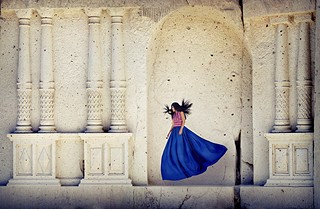
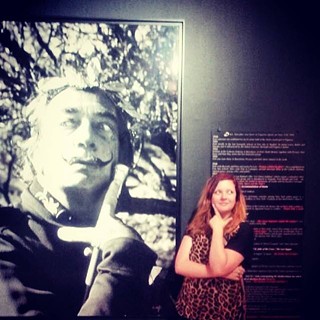
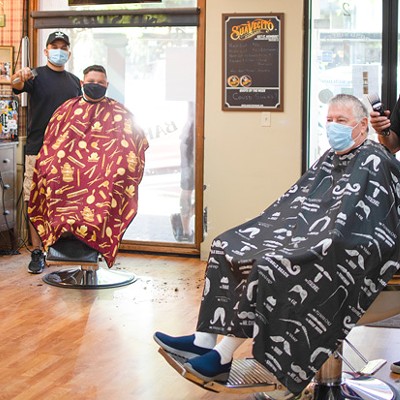

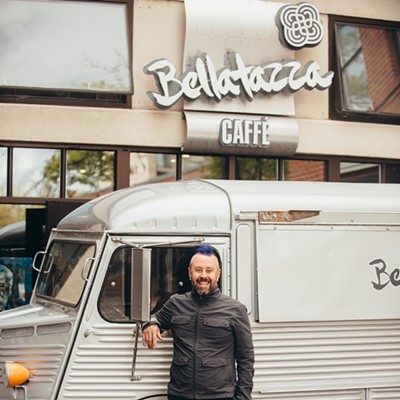
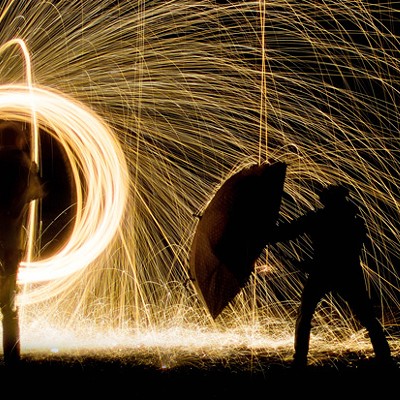


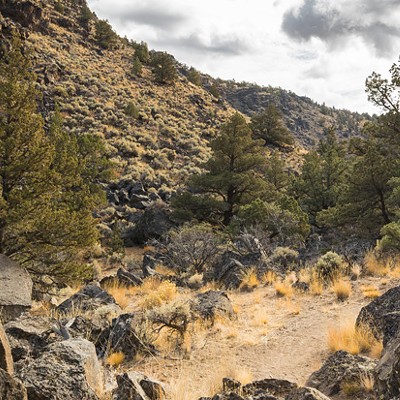
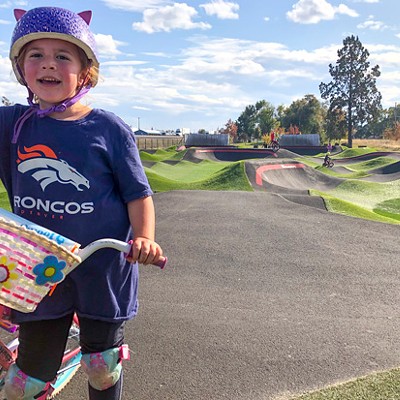
![Get Your Art on the Wall ▶ [with video] (con versión en español)](https://media2.bendsource.com/bend/imager/get-your-art-on-the-wall-with-video-con-version-en-espanol/u/r-bigsquare/12934834/artwatch1.1.jpg?cb=1680199454)













